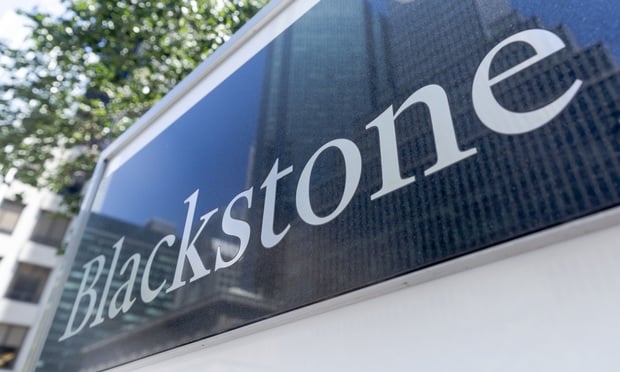New York is starting to get comfortable with the idea of growing its industrial warehouse space vertically instead of horizontally. Several multistory warehouses, which are common in Asia, are under development in the Bronx, Brooklyn and Queens.
Rising on 14 acres in an Opportunity Zone in the Hunts Point neighborhood is the Bronx Logistics Center, a 1.3 million square foot multistory warehouse scheduled to be completed by the end of this year. The $381-million project is a joint venture of Turnbridge Equities and Dune Real Estate Partners.
The Bronx Logistics Center is about a mile from one of the nation's largest food markets, the Hunts Point Food Distribution Center, where more than 155 wholesalers sell $3 billion worth of meat, fish and produce annually.
Recommended For You
Want to continue reading?
Become a Free ALM Digital Reader.
Once you are an ALM Digital Member, you’ll receive:
- Breaking commercial real estate news and analysis, on-site and via our newsletters and custom alerts
- Educational webcasts, white papers, and ebooks from industry thought leaders
- Critical coverage of the property casualty insurance and financial advisory markets on our other ALM sites, PropertyCasualty360 and ThinkAdvisor
Already have an account? Sign In Now
*May exclude premium content© 2025 ALM Global, LLC, All Rights Reserved. Request academic re-use from www.copyright.com. All other uses, submit a request to [email protected]. For more information visit Asset & Logo Licensing.








